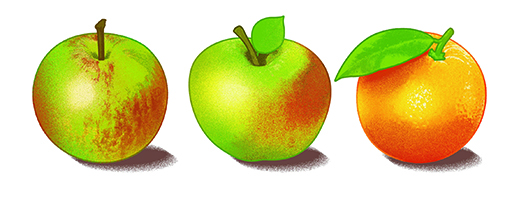8.3 Analogy in law
Whether rules in cases are binding also depends on whether the facts of the cases are similar enough, or analogous, to each other. There are three different possibilities:
- On the one hand, if the material facts in the two cases are identical, then the earlier case is binding and the later court must follow it.
- On the other hand, if the material facts are completely different, then the earlier case is not binding. Here, the later court can ignore it and either follow another precedent, or establish a new principle.
- Between these two extremes there are many different gradations. Given the rich tapestry of life that comes before the law courts, many cases fall somewhere in the middle. This obliges the lawyers and the judges to grapple with the question of whether the cases are sufficiently similar. If a court decides that the facts in an earlier case are similar, but not similar enough, then this is called distinguishing.
Quite how people, or judges and lawyers, assess whether two things are similar or different is frankly something of a mystery. In general, we might assume that one type of apple is more similar to another type of apple than an orange. But as soon as we look at a specific case, this assumption becomes unreliable. For example, if somebody ordered sweet juicy Cox’s apples from an online supermarket, and the supermarket replaced the Cox apples with some very sour Bramley cooking apples, the customer might have preferred that they had been given oranges. The same happens in law. The aspects of cases that influence whether lawyers treat cases as the same are not well understood (Holland and Webb, 2019, pp.146–47). As a result, deciding whether a case is similar enough to be treated as a precedent is something that comes with practice and experience, and even then, trained lawyers may disagree.

